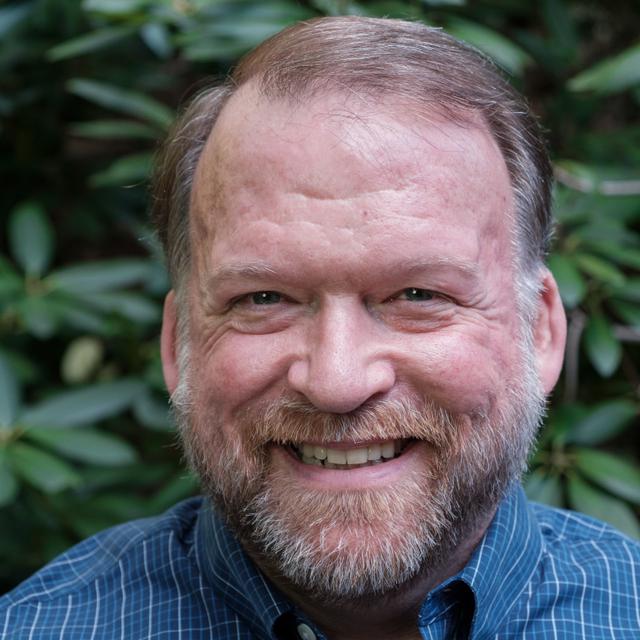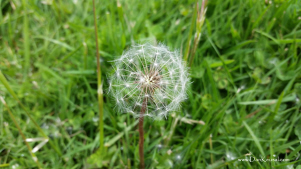Dan Keusal, M.S., LMFT
Jungian Psychotherapy for Individuals & Couples
"Find Your Purpose, Heal Your Pain, Live With Passion"
| Receive my email newsletter! |
Dan Keusal's e-newsletter
Summer 2016 edition: "A Walk Around The Lake"
(Send me an email if you'd like me to email you the original email version of the newsletter.)
Greetings!
The late singer-songwriter Harry Chapin once happily crooned that "all my life's a circle." My essay in this newsletter takes this lovely idea out into some deeper waters, with a key discovery from Jung leading the way. There's also info on my next workshop, coming up on June 21st (this is the only notice I'll send out about that workshop, so if you are interested may I suggest you mark your calendar now). "Resources For A Life Of Depth And Meaning" features a 4-line poem, a song you've probably never heard of by a Rock and Roll Hall of Famer you probably have, another one of my original photographs, and few other treasures. Wherever this summer takes you, I hope you'll find something here that proves to be a good companion.
~Dan
* * * * *
Reflections: “A Walk Around The Lake”
I hear it over and over again from my clients: “Why do I keep coming back around to this same place, to this same problem?” They often speak these words with bewilderment, or even frustration, as if life should somehow move quickly and in a straight line: identify the problem, fix it, move on.
But this isn't how things usually play out in our lived experience—and Jung knew that.
At a key point in his own life, Jung wrote “I began to understand…that there is no linear evolution, there is only circumambulation of the self.” The word circumambulate means “to walk around,” and that gives us two important clues about what Jung meant, and about how life may really work.
The first clue is that the process of growth and development resembles going for a long walk. It happens at the slow, relaxed, ambling pace of going “on foot,” rather than the manic, anxious, darting-in-and-out-of-traffic speeds of being “driven.” As Rebecca Solnit writes in her book Wanderlust: A History of Walking, “I suspect that the mind, like the feet, works at about three miles an hour. If this is so, then modern life is moving faster than the speed of thought, or thoughtfulness.”
If modern life urges you to race along the interstate at 70 miles an hour, the soul invites you to walk around the neighborhood, slowly, at a pace that allows you to actually notice what’s going on—around you, and inside you. At this pace, you can actually take in these outer and inner happenings, ruminate about them, and integrate them.
There are, of course, people whose life circumstances, through their own doing and/or through fate, seem to ask them to move at “70 miles an hour,” and they do so—sometimes because that’s what it takes to honor their responsibilities, sometimes because they are afraid to let their deeper, truer Self catch up with them. But in either case there is usually a longing (in the first instance) or a nagging (in the second) that comes from knowing that slower would be better.
The second clue is that the soul’s journey does not move in a straight line, it walks around. The poet Wallace Stevens once wrote “Perhaps the truth depends upon a walk around the lake.” His words came back to me recently at a party when some friends were talking about how much they like to walk Seattle’s Green Lake, a 259 acre lake in the heart of the city with a 2.8-mile path around its shores (click here for an aerial photo). They’re not alone: more people visit Green Lake each year than any other park in Seattle, and I imagine that this is, in part, because walking around the lake serves as a metaphor, a moving, outer meditation that mirrors and evokes the still, inner “circumambulation of the self.”
The act of circling, of “walking around,” helps you become aware that you have a center, a core self. That may be why circles are such a central part of so many wisdom traditions and their accompanying spiritual practices—think of mandalas, or labyrinths, or “sitting in circle” (to share and to process). Think of common phrases like “I’m feeling centered today!” or “I’m feeling a little off-center today.” Those are ways that everyday language expresses the sense (or not) that you’ve gathered all the parts of you (even the ones you may not like very much), and that you have them working together as a coherent whole. When Jung wrote about the “circumambulation of the self,” he had in mind that kind of wholeness, one where you are actively engaged in the process of integrating your conscious desires, motivations, and behaviors…with your unconscious ones.
The process of seeking wholeness, rather than perfection, of finding the Self at the center, is what Jung called “individuation,” and it’s a lifelong process. That’s what I tell my clients when they worry about coming back around to the same problems. I tell them, “There’s so much of you to get to know. What if these things that trouble you are simply mirrors of what’s going on deep inside you? What if instead of trying hurry past them, as if they were suspicious strangers on the street, you were to turn toward them, and befriend them, and ask why they are here and what they have to say to you?”
That’s a conversation…that takes time and courage, and that asks for continued efforts to stay as open, as curious, as non-anxious, and as non-reactive, as possible.
How do you begin that conversation?
Perhaps…with a walk around the lake.
* * * * *
Resources For A Life Of Depth And Meaning:
(quote): "Everywhere I go, I find a poet has been there before me." (Sigmund Freud)
(poem): "Lightning is not guidance" (Rumi). Four simple lines offer a profound perspective on the relationship between thought, feeling, and "our real lives."
(song/video): "New Hymn" (James Taylor). If you're willing to look beyond the "hits" of well-known musicians, you'll often find some hidden treasures. Such, I think, is the case with James Taylor's "New Hymn," a poem by Reynolds Price that Taylor put to music and included as the last track on Disc 1 of his 1993 double CD "Live." Click here to read the lyrics as you listen to the song.
(book) " The Mandala Book: Patterns of the Universe" (Lori Baily Cunningham). Part of how Jung came to the idea of "the circumambulation of the self," and one of his favorite ways of exploring it in his own life, was drawing mandalas. This book explains what a mandala is, and lavishly illustrates the idea that mandalas are present everywhere and at all levels of life, from the microscopic to the galactic. To get a good view of the richness and scope of the book's portrayal of mandalas in the world, watch this video, "Review of the Mandala Book," which shows someone flipping through the pages slowly enough that you get to see many of the varied images.
(image): "Dandelion" A photo I took at the Evans Creek Nature Preserve, about 30 minutes east of Seattle. Click on the photo itself, or the title link above, to download a larger version of the photo for your own use and enjoyment.
Dan Keusal, M.S., LMFT, Psychotherapist. (206) 523-1340. Email: dankeusal@dankeusal.com

